Are Men Actually Being Left Behind in Entry-Level Hiring?
Women’s entry-level job advantage isn’t what it seems
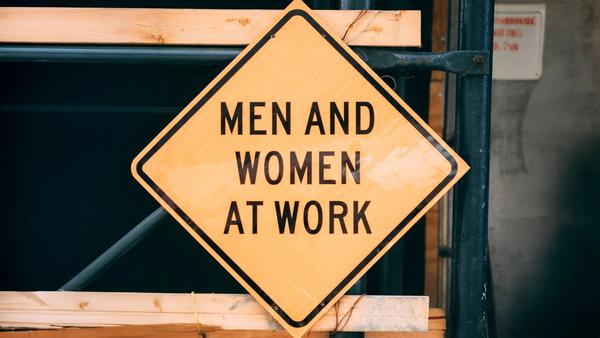
Women are getting hired more than men into entry level roles. Women make up 54% of entry level hires in 2025, which is also more than the 50% of the workforce women represent.
This overrepresentation reflects the sectors still hiring, healthcare, hospitality, and HR, which are largely female-dominated and together make up more than half of entry-level demand.
Despite being overrepresented overall, women remain underrepresented in high-paying entry-level roles with salaries above $75k such as in finance and engineering.
The labor market is slowing while AI adoption continues to expand, two trends contributing to a decline in available entry-level jobs. As a result, approximately 9.2% of young workers are unemployed, as early-career job seekers find it increasingly difficult to enter the workforce. Yet the entry-level positions that remain are not being filled evenly across available talent: Revelio Labs data shows that women are more likely than men to fill these roles. In this week’s newsletter, we explore why women make up a majority of entry-level jobs—and whether this is evidence of greater attention to diversity in hiring or reflection of the sectors and roles that are growing.
In 2025, women accounted for roughly 54% of new entry-level hires, about four percentage points higher than their overall share of the workforce. At first glance, this might be due to women’s higher educational attainment, as they continue to graduate from universities at greater rates than men. Yet, the difference in qualifications among those entering the workforce is minimal: The share of women in entry-level roles that hold a bachelor’s degree is only 0.5 percentage points higher than the share of men. This indicates that factors beyond education—such as role composition, industry mix, or hiring priorities—are contributing to the gender imbalance at entry level.
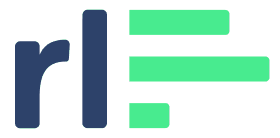
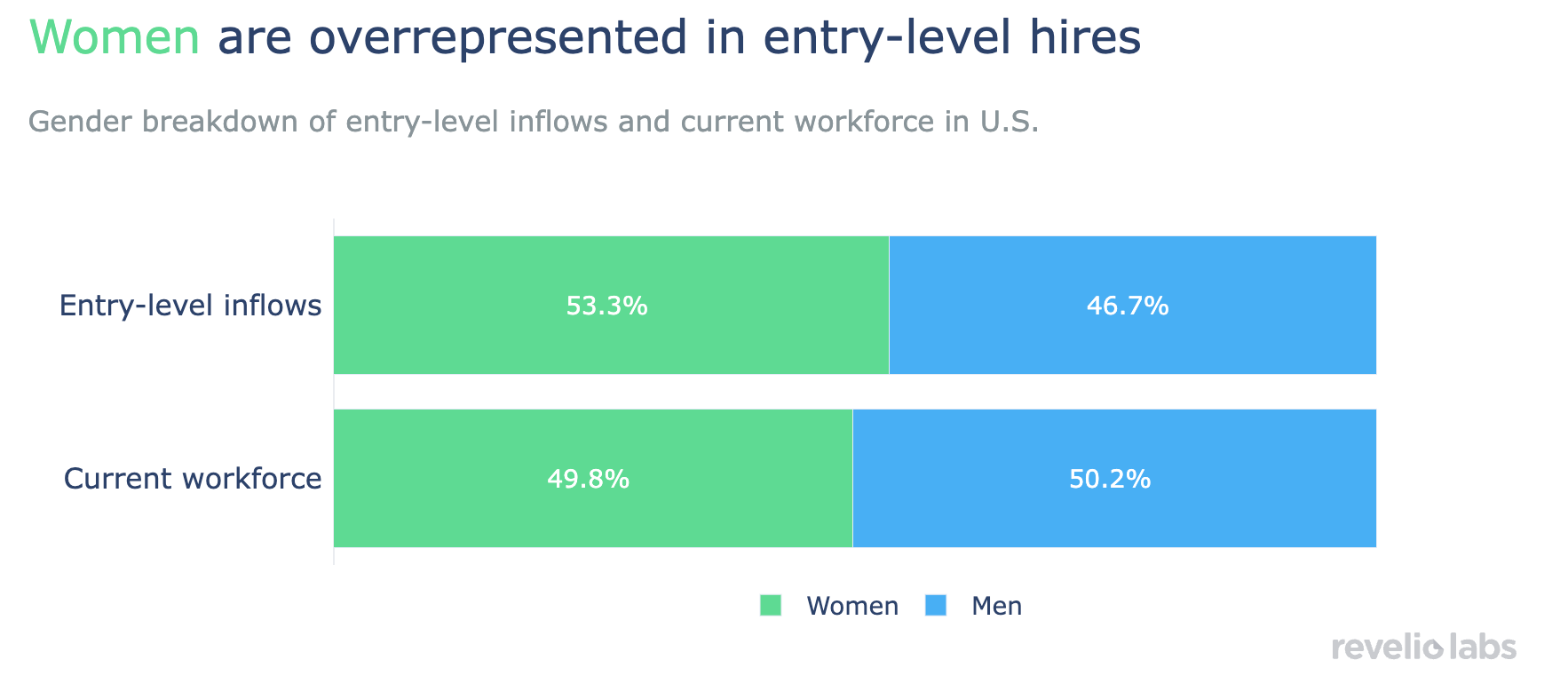
Diving into the data, the gender gap appears to be largely driven by the industries that are currently hiring. The industries adding the most entry-level headcount, such as healthcare, human resources, hospitality, and retail, are female-dominated and together account for over half of all entry-level job postings. The exception is technology, a male-dominated industry where women comprise only 36% of the workforce and which accounts for just 5% of entry-level hiring demand despite being a leading industry.

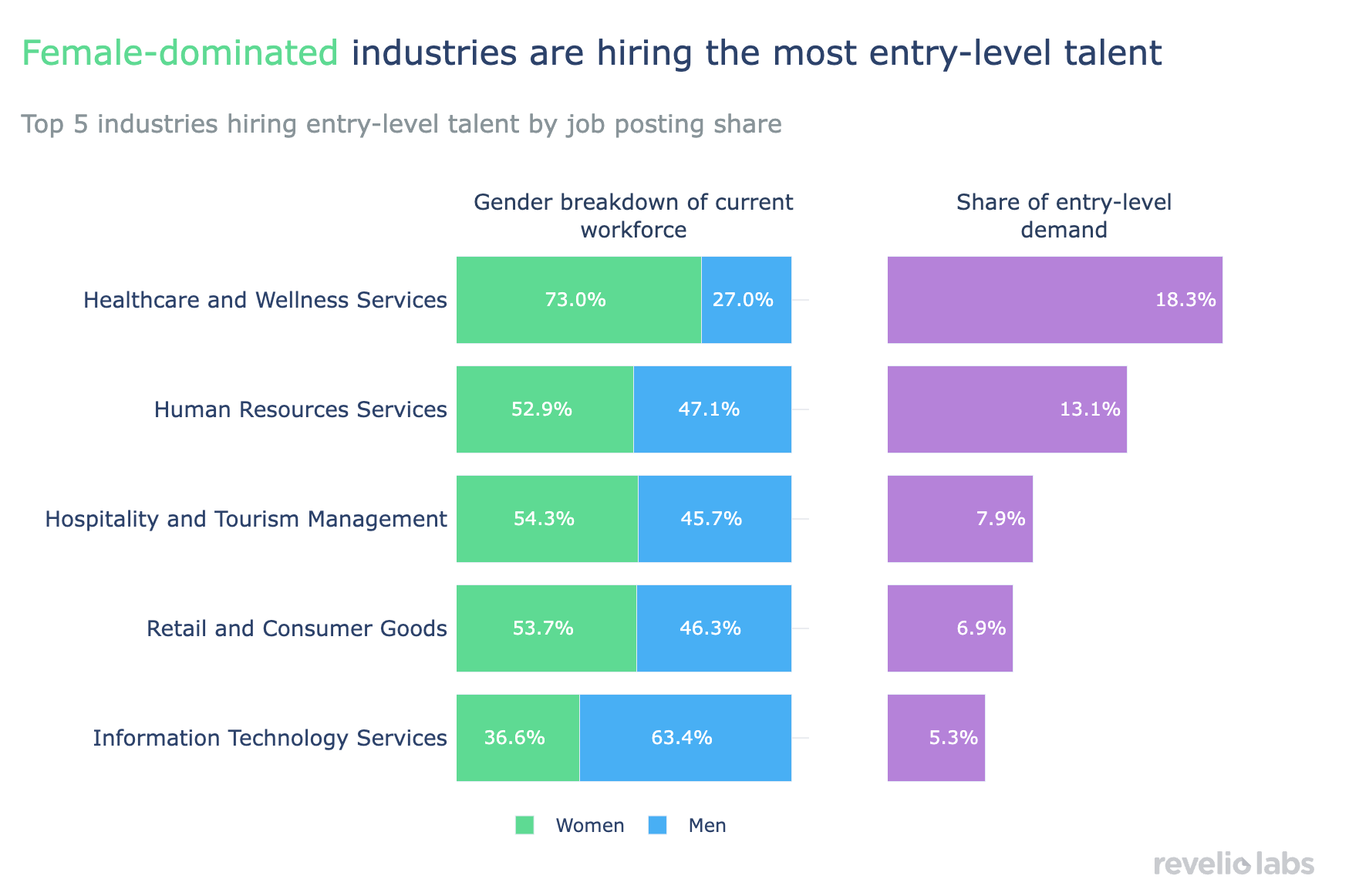
The types of entry-level roles that men and women are hired into also differ. Women are overrepresented in nursing, administrative, and educational roles, while men are overrepresented in engineering and finance. This role distribution further supports the idea that the gender gap in entry-level hiring reflects the kinds of roles currently in demand.


The role distribution also highlights a broader trend in gender differences across salary bands among entry-level workers. While women are overrepresented in entry-level roles overall, their overrepresentation is concentrated in positions paying less than $75K. Conversely, men are overrepresented in higher-paying entry-level roles, particularly in fields like engineering and finance, where they are more likely to be hired.

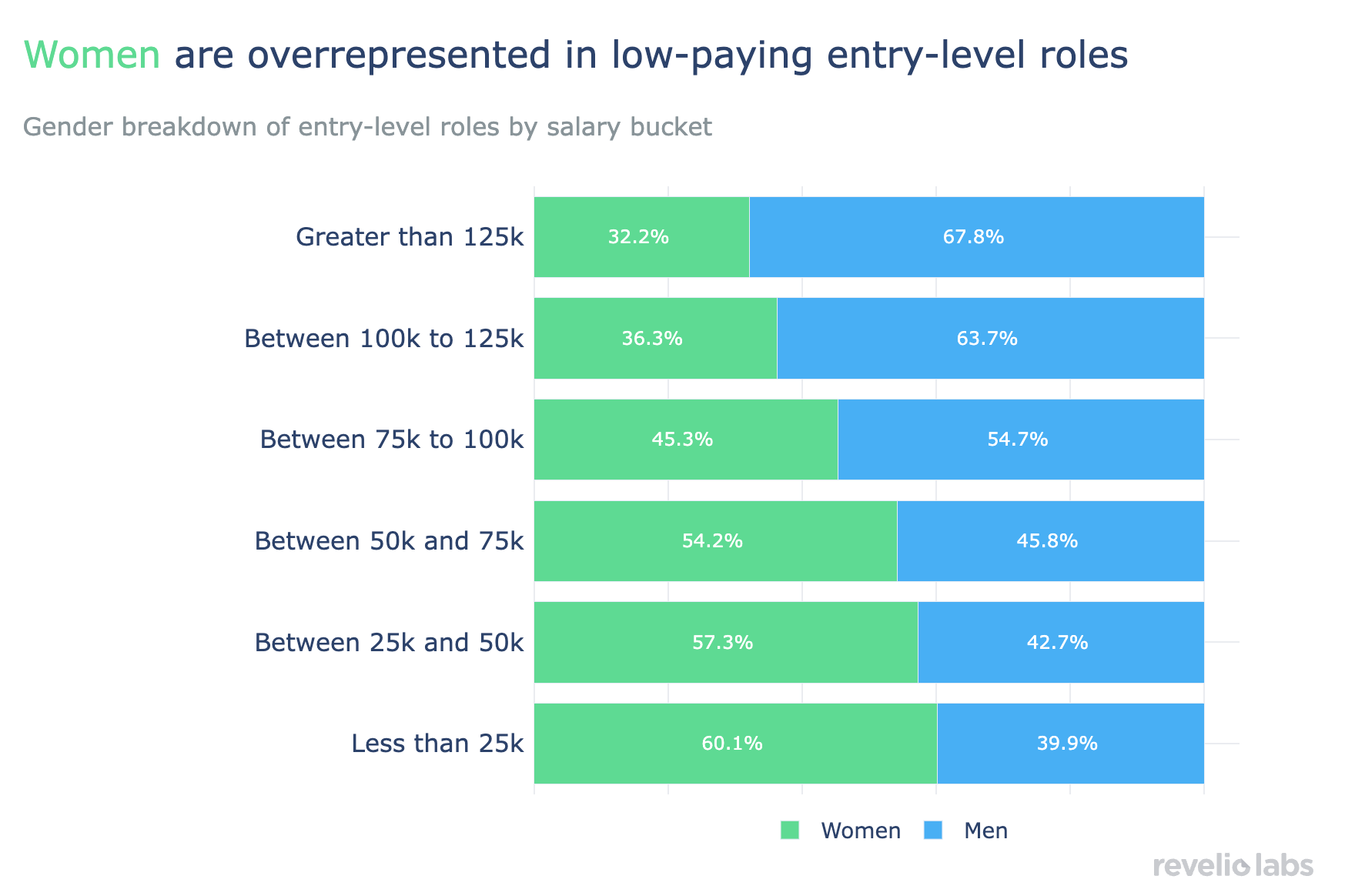
Although women currently hold more entry-level positions, the gender gap is less striking when looking deeper into the workforce data. Women are more likely to be hired in today’s job market primarily because of the higher demand in lower-paying, service-oriented industries rather than as a result of more attention to gender equity or higher qualifications. As the labor market cools further, entry-level opportunities are narrowing for everyone. However, being more likely to land an entry-level job in 2025 does not necessarily mean women are better off than men. Women remain less likely to work in high-paying roles and are more likely to be underemployed, as they are overrepresented in minimum-wage positions despite having similar levels of educational attainment. While women appear to have an advantage in entry-level hiring, closing the gender gap will depend on equal access to the kinds of roles that pave the way to higher-paying careers.


